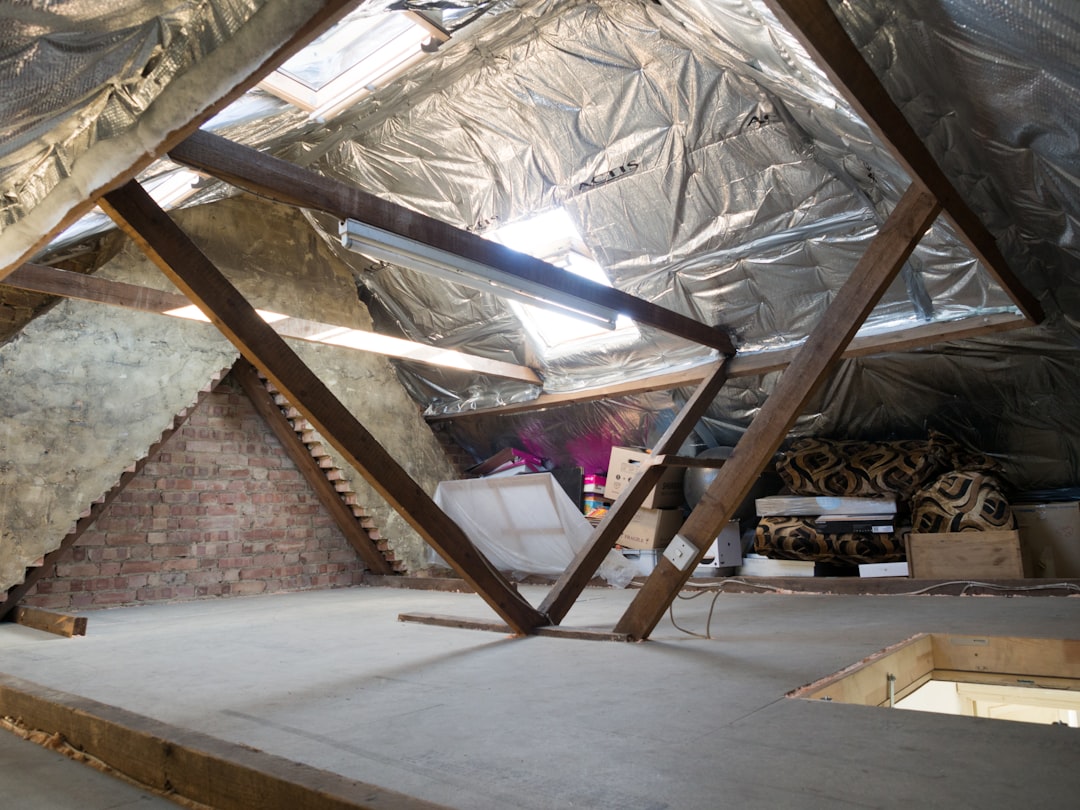Why Attic Insulation Matters for Minnesota Homes
In Minnesota, where temperatures can range from triple-digit heat in July to sub-zero chills in January, effective attic insulation is crucial. Without it, your home is vulnerable to extreme weather, leading to increased energy bills. Professional attic insulation costs in Minnesota typically range from $1,500 to $3,500, depending on the type and size of the project. Our AI-powered platform provides accurate, on-site estimates quickly, allowing you to make informed decisions.
Understanding the Primary Keyword: 'attic insulation mn'
Professionals searching for 'attic insulation mn' typically seek:
- A clear cost range specific to Minnesota's climate and codes
- A reliable contractor who can start promptly and complete efficiently
CountBricks meets these needs by combining real-time material pricing with automated labor calculations, transforming lengthy consultations into concise, actionable proposals.
How CountBricks Accelerates Your Project
Instant Voice Estimates
Our estimators use Bluetooth headsets to gather data on joist spacing, R-value, and ventilation. This information is processed by our AI to generate an itemized quote before the estimator leaves your property.
AI Blueprint Takeoffs
Upload your digital plans to CountBricks.com. Our machine-learning engine analyzes square footage and other factors, integrating them into our cost model for precise estimates.
Real-Time Materials & Labor Costing
- Materials: Our database updates daily with supplier pricing for fiberglass, cellulose, and spray foam.
- Labor: Wage rates are updated quarterly, reflecting union scales and seasonal demand.
- Equipment: All necessary tools and safety gear are included in your quote.
Choosing the Right Insulation Type
Fiberglass Batts
- Quick installation, cost-effective for open joists
- R-value per inch: ~3.2
Loose-Fill Cellulose
- Excellent coverage around wiring and trusses
- R-value per inch: ~3.6
Closed-Cell Spray Foam
- Highest R-value per inch (~6.5) with air sealing
- Acts as a moisture barrier, ideal for lake homes
CountBricks provides detailed models for each option, helping you balance initial costs with long-term savings.
Step-by-Step CountBricks Insulation Process
- Book a consultation at CountBricks.com
- We perform a thermal scan to identify leaks and ice-dam triggers
- Receive a voice-driven estimate before we leave
- Materials are pre-ordered through our supplier network
- Our certified crew installs vapor barriers, baffles, and insulation
- A post-install blower-door test verifies performance
- Receive a final invoice and track ROI through your CountBricks dashboard
Local Codes & Rebates
- Minnesota Energy Code requires a minimum R-49 in attics; CountBricks often designs to R-60 for enhanced protection.
- Utility rebates can cover up to 30% of project costs. Our software identifies eligible incentives and completes the necessary paperwork.
Case Study: A Plymouth Rambler Turns Cozy
Last December, the Larson family's 1960 rambler struggled to maintain warmth. CountBricks identified insufficient insulation and provided three quotes. After choosing cellulose, the retrofit to R-60 reduced their January gas bill by 32%. View more at CountBricks.com.
Common Questions About Attic Insulation MN
How long does the process take?
Most projects are completed in a day. Spray foam may require additional curing time.
Do I need to move out?
No. Our negative-pressure vacuums contain dust, and crews minimize disruption by entering through the roof or garage.
What if I plan a remodel later?
CountBricks archives your attic model, allowing for quick updates if you modify your home.
Pro Tips for Minnesota Homeowners
- Schedule installations between September and November for better availability and pricing.
- Combine insulation with air sealing for enhanced comfort.
- Consult your insurance agent about potential premium reductions due to improved insulation.
Ready to Seal Your Attic?
Stop guessing and start saving. Visit CountBricks.com, schedule a consultation, and receive a comprehensive plan within a week.
Beyond R-Value: CountBricks Performance Verification
CountBricks ensures your insulation performs as promised through rigorous verification.
Our Three-Point Verification Protocol
- Infrared Scan: We use a FLIR camera to detect cold bridges and address them immediately.
- Blower-Door Test: We measure air changes per hour (ACH) to ensure a tight envelope, targeting 4 or below.
- 30-Day Utility Audit: We compare energy use before and after installation to confirm savings.
Client Spotlight: Duluth Lakefront Cabin
A 1940s cabin faced harsh winds. CountBricks' spray foam application reduced ACH from 12.3 to 3.7, eliminated ice dams, and decreased propane deliveries. The owner now rents the cabin year-round, benefiting from consistent temperatures.
Why Verification Matters
- Transparency: Provides quantifiable proof of performance.
- Compliance: Meets Minnesota Energy Code requirements and qualifies for rebates.
- Future Planning: Data serves as a baseline for future upgrades.
Whether you own a Craftsman in St. Paul or a new build in Maple Grove, CountBricks delivers reliable attic insulation solutions. Learn more at CountBricks.com.

